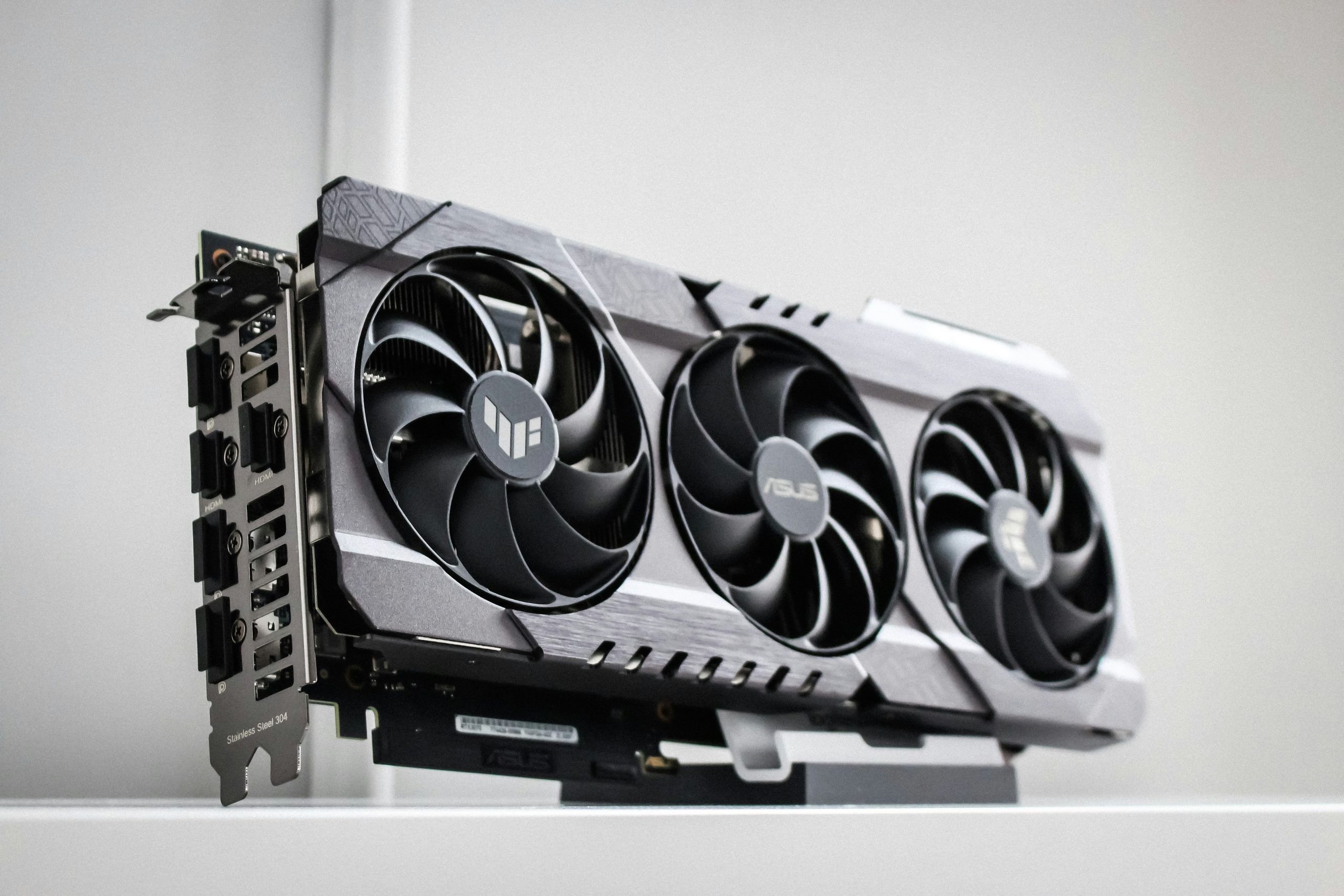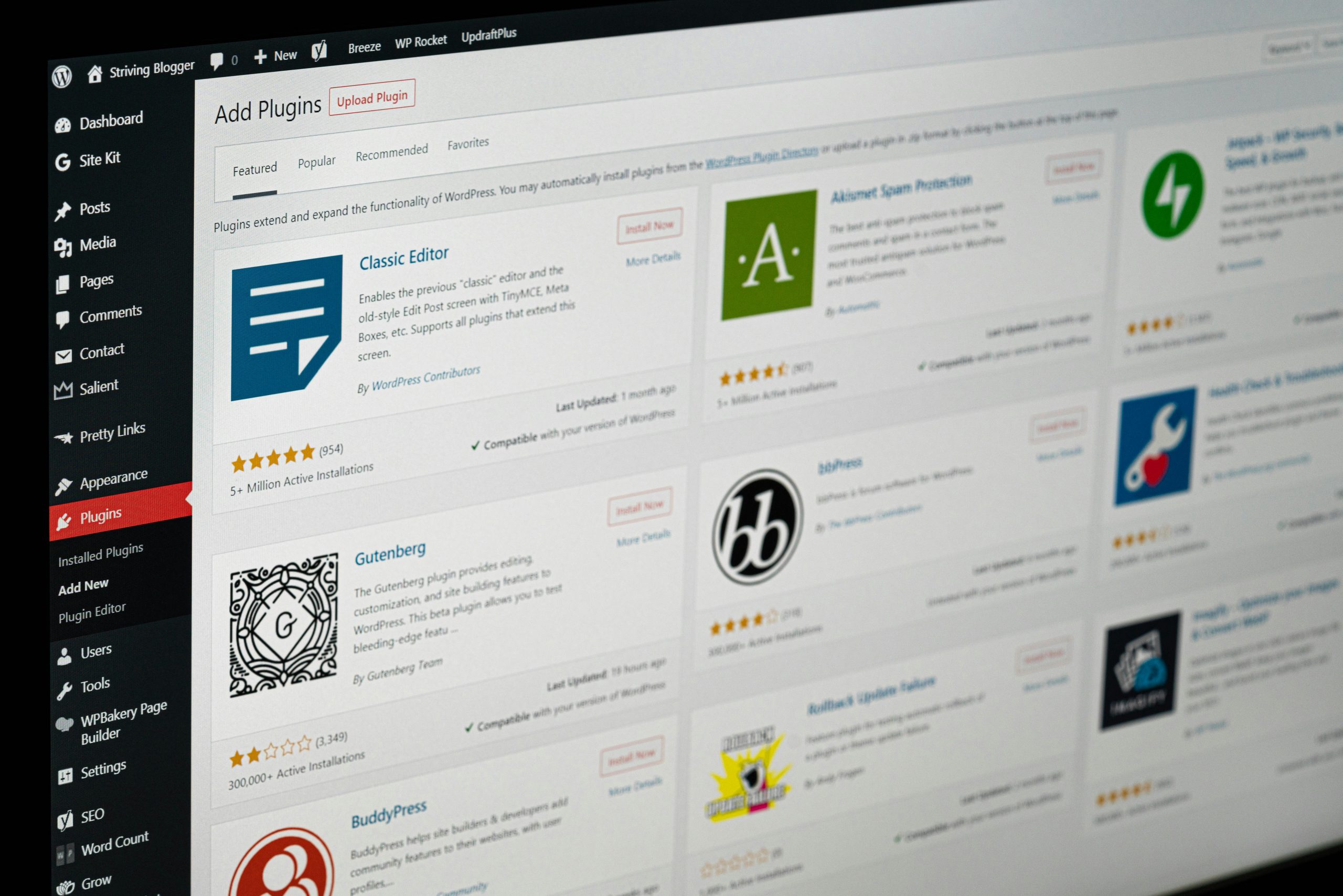In the world of computing, two terms often come up—CPU (Central Processing Unit) and GPU (Graphics Processing Unit). While both are essential to how your computer works, they serve very different purposes. Understanding GPU vs CPU is important for anyone interested in technology, gaming, data science, or AI.
What is a CPU?
The CPU is often called the “brain” of the computer. It handles most of the general-purpose tasks like running applications, browsing the web, and managing the operating system.
- Key Features of CPU
- Optimized for single-task performance
- Great at sequential processing (handling one task after another)
- Fewer cores (commonly 4–16 in modern consumer CPUs)
- Best for everyday computing, business apps, and logic-heavy tasks
Example Tasks for CPU:
- Running your operating system
- Word processing and spreadsheets
- Software development
- Handling business applications
What is a GPU?
The GPU was originally designed to handle graphics rendering—especially for video games. But today, GPUs are widely used for parallel computing, making them extremely powerful in fields like AI, machine learning, and scientific research.
- Key Features of GPU
- Optimized for parallel processing (thousands of tasks at once)
- Hundreds or thousands of smaller cores
- Extremely fast at mathematical calculations
- Best for tasks that require handling large amounts of data at the same time
Example Tasks for GPU:
- Gaming and 3D rendering
- Video editing and animations
- AI training and deep learning
- Cryptocurrency mining
- Scientific simulations
GPU vs CPU: Key Differences
| Feature | CPU | GPU |
|---|---|---|
| Core Count | Few cores (4–16) | Hundreds to thousands of cores |
| Task Type | Sequential tasks | Parallel tasks |
| Performance | Better for general-purpose tasks | Better for data-heavy, repetitive tasks |
| Use Cases | OS, apps, logic-heavy workloads | Graphics, AI, machine learning, rendering |
| Flexibility | Highly versatile | Specialized for computation & graphics |
How CPU and GPU Work Together
Instead of competing, CPUs and GPUs complement each other.
- The CPU manages general operations, logic, and instructions.
- The GPU handles heavy workloads that can be parallelized, like rendering or data crunching.
For example, in gaming:
- The CPU processes game logic, input, and physics.
- The GPU renders graphics and visuals in real-time.
In AI and machine learning:
- The CPU manages data flow and instructions.
- The GPU performs the complex matrix multiplications required for neural networks.
Which One Do You Need?
- Everyday Users (office, browsing, streaming): A CPU is enough.
- Gamers: You need both a strong CPU and GPU.
- Video Editors / 3D Designers: A powerful GPU is essential.
- AI / Machine Learning Professionals: GPUs are critical for training models.
- Businesses & Servers: CPUs are better for multi-tasking and logical operations.
Final Thoughts
When it comes to GPU vs CPU, it’s not about which one is better—it’s about what you need. The CPU is the general-purpose brain of your computer, while the GPU is the powerful accelerator for graphics and data-heavy tasks. Together, they form the backbone of modern computing.
👉 Whether you’re a gamer, AI enthusiast, or just a regular user, knowing how CPU and GPU work helps you choose the right machine for your needs.








